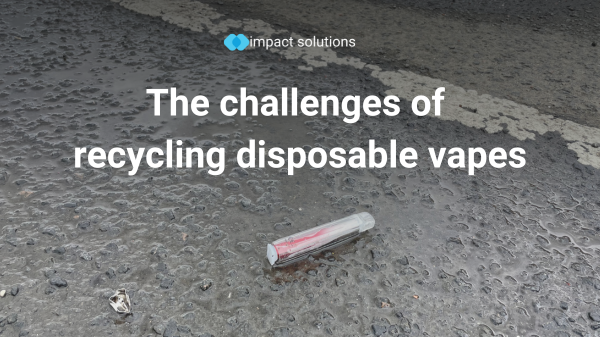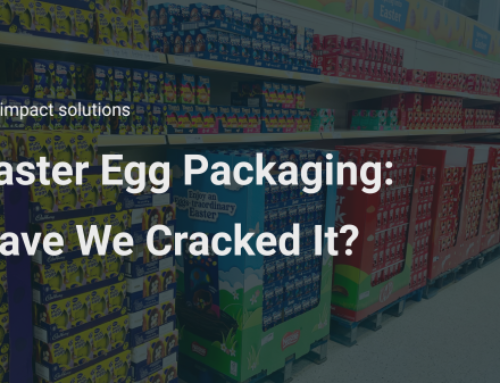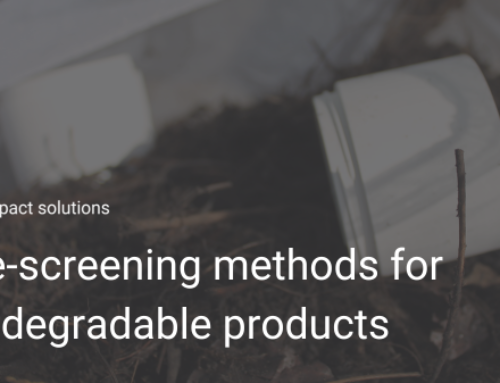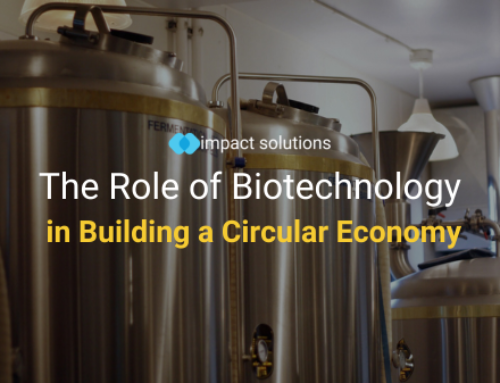Did you know that cigarette butts are the no1 most littered item all around the globe? It’s not news that this habit has permeated behaviours through to those using disposable vapes. Disposable vapes are not only made of plastics but also electronics and batteries which have valuable metals in them. It’s estimated that around 1.3 million disposable vapes are littered or binned each week, that’s 10 tonnes of lithium a year, the equivalent to 1,200 electric vehicle batteries. Traditionally a throw–away item, the advancements of smoking have now welcomed new problems.
Why were disposable vapes ever made in the beginning?
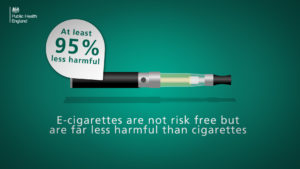
UK Government advertisement
The UK government actively promoted e-cigarettes in 2018 as a healthier alternative to smoking tobacco cigarettes – this got manufacturers sprinting to create e-cigarette products that are just as convenient as cigarettes. Disposable e-cigarettes began its boom later in 2019 with the brand MOJO leading the market. Since then, numerous disposable e-cigarette brands have joined the market including Elux bar, IVG bar, ELF Bar and Geek Bar – and they can be found disposed of, just about anywhere you walk.
What are the issues with disposable e-cigarettes
You’ve probably seen them left on the ground. Disposable vapes have been designed to offer convenience at a low cost with a wide variety of flavours, becoming quite appealing to many generations of consumers. However, the end-of-life waste management of disposable vapes comes with challenges as they are advertised as single-use, are non-rechargeable by design and (assuming IF they are ever collected to begin with) are difficult to recycle due to the multitude of components and materials present.
Banning them all together would make the most sense, with many councils across the UK petitioning for just that, but the UK government have decided against a full ban on disposable vapes, despite the rise also in underage usage of the product.
Why is collection and recycling so challenging for disposable vapes?
There are three key challenges with disposable vapes: they are littered, the battery is flammable and the small components make it difficult to recover them through recycling.
The stores responsible for selling such products should be advocating and communicating why customers should return their disposable vapes to the store as part of an incentivised scheme – this would help reduce the number of them being thrown away as customers would be educated on the product and understand what they need to do after they run out.
However, the problem continues further beyond disposable vapes being littered, as the storage and recycling of them also becomes challenging. Vapes are classed as waste electrical and electronic equipment (WEEE) and this WEEE waste has risks of explosion due to the lithium-ion battery that’s inside the disposable vapes. After the stores have taken back used vapes, storing them prior to commercial recycling is risky as lithium can produce thermal runaway if stored incorrectly, not stored in the correct conditions or if the vapes have been returned in a damaged state.
They also contain a number of different components making it difficult for recyclers to separate and make use of the materials. There are few recycling centres that will separate each of these parts due to how small and complex it would be on a large scale and would rely on the consumer doing this prior to disposing of them in recycling points – however this is also a challenge as most of them are designed not to be taken apart easily.
The technology for recycling lithium-ion batteries is not yet a universally well-established practice ready to cope with the volume of vapes produced, let alone coping with battery waste from other streams. Not only are we creating our own problems by manufacturing and selling disposable vapes, but we’re also not helping the environment by subsequently exhausting a finite material that we are already desperately trying to recover.
Design for recyclability
Designing all vapes to be rechargeable and reusable rather than disposable to remain as what vaping originally was, would resolve this problem.
However, as convenience always comes out on top, designing disposable vapes to be more recyclable could be improved by making the components easier to remove and separate. Additionally, using one polymer that is easily recyclable (for example PE or PP) in the production of disposable vapes would also increase its all-round recyclability rate due to customers being able to recycle them at home.
Impact Solutions actively studies the recyclability of batteries and are also capable of testing batteries for cell gas production, the potential thermal runaway of different battery failure scenarios and solutions for the safe transportation and disposal of cells and battery packs. We can also advice on recycling, from design through to materials and composition.

